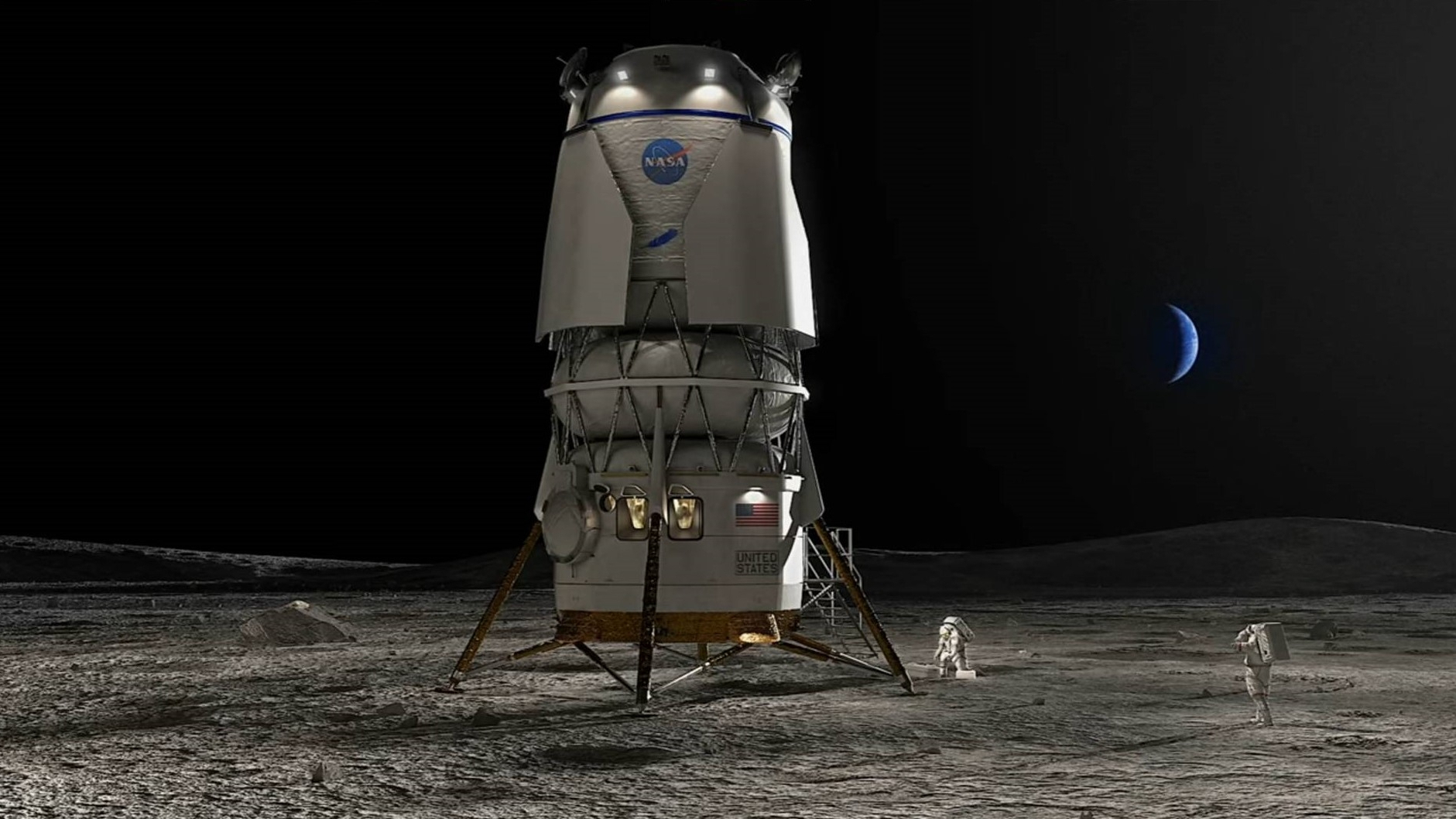
Robert Lea
Robert Lea is a science journalist in the U.K. whose articles have been published in Physics World, New Scientist, Astronomy Magazine, All About Space, Newsweek and ZME Science. He also writes about science communication for Elsevier and the European Journal of Physics. Rob holds a bachelor of science degree in physics and astronomy from the U.K.’s Open University. Follow him on Twitter @sciencef1rst.
Latest articles by Robert Lea
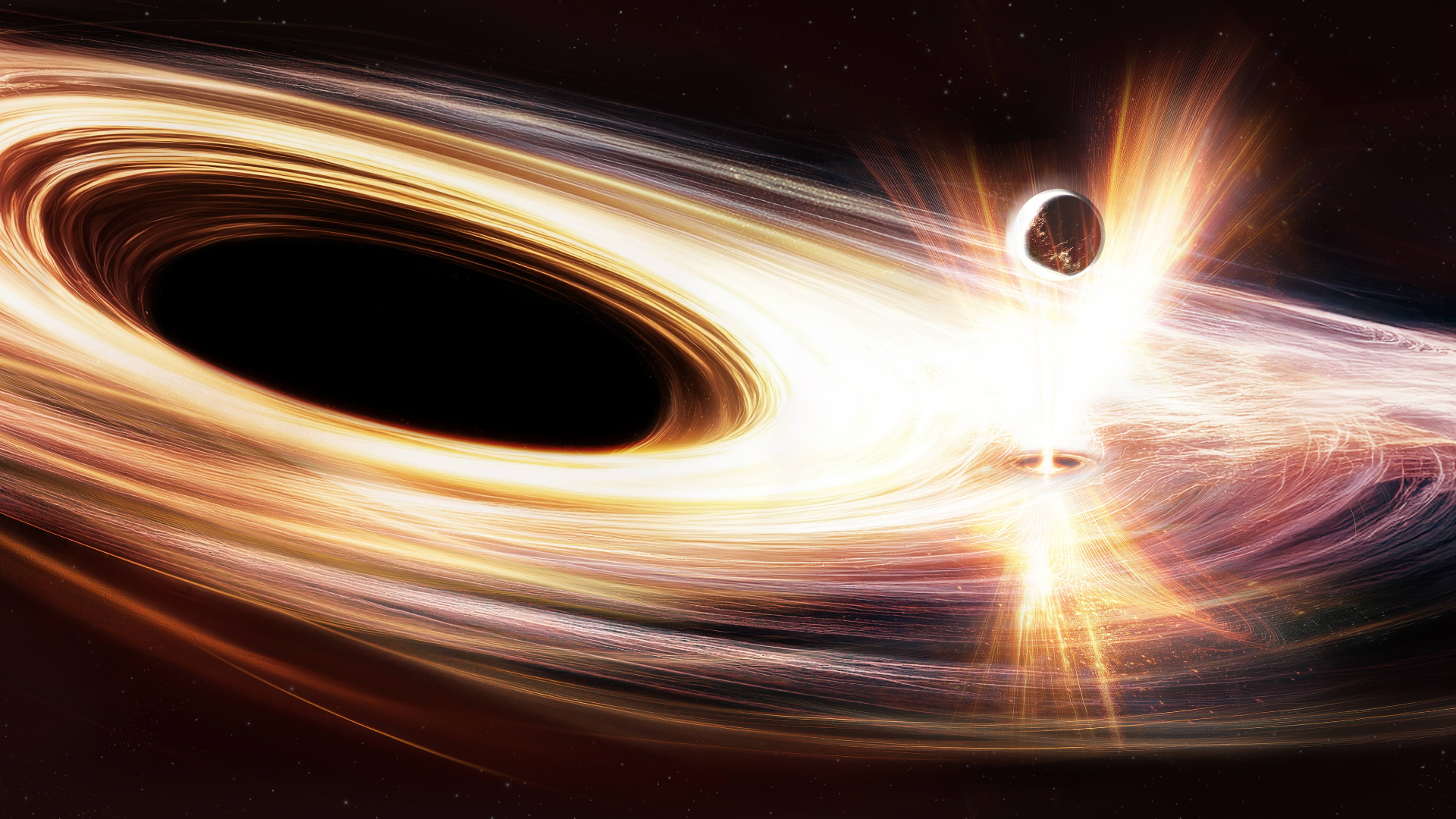
NASA spacecraft spots monster black hole bursting with X-rays 'releasing a hundred times more energy than we have seen elsewhere'
By Robert Lea published
Astronomers have used space-based telescopes, including NASA's Swift X-ray observatory, to watch a monster black hole spring to life with powerful X-ray eruptions.
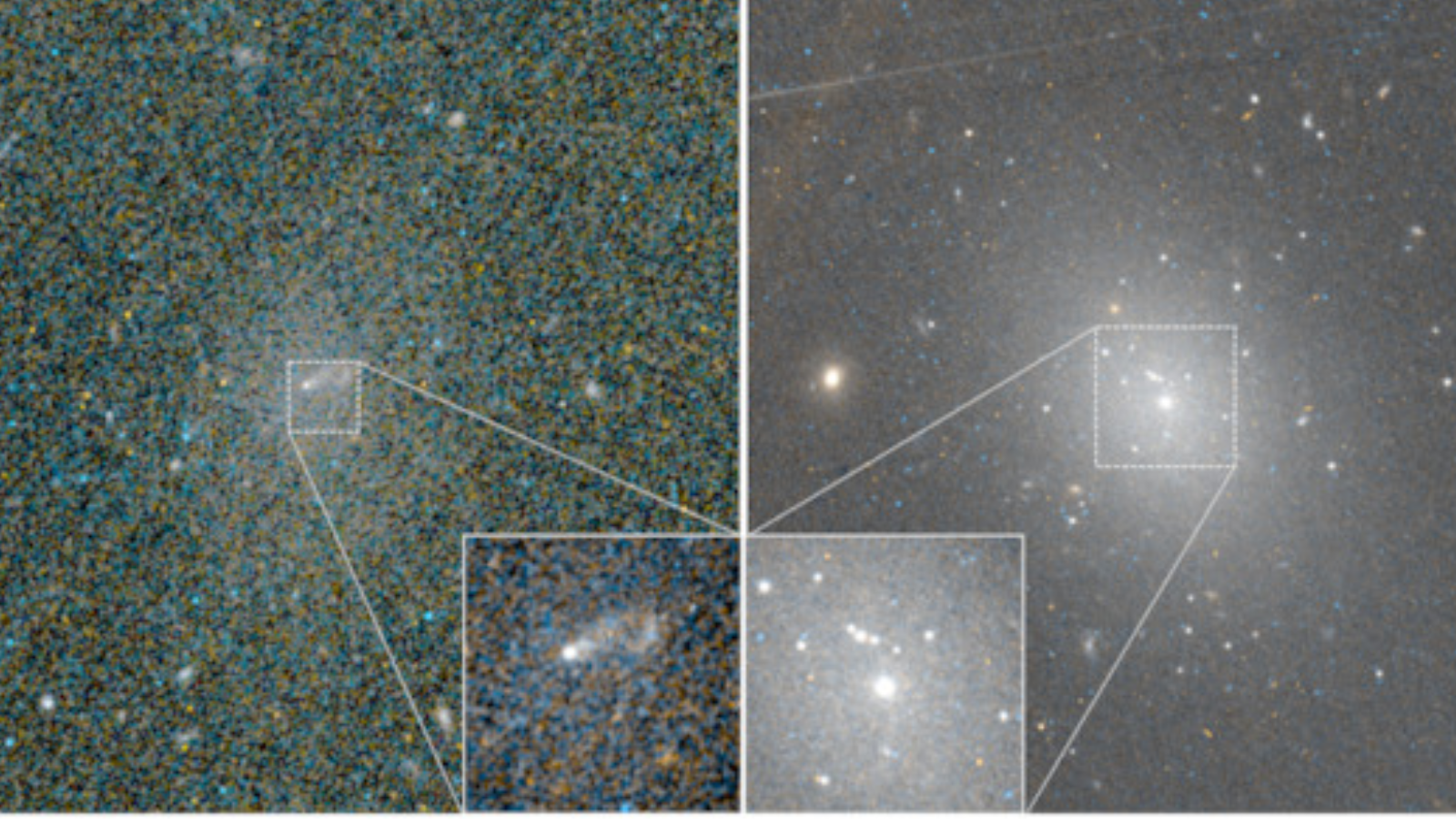
Hubble Telescope snaps 1st images of clashing star clusters at the hearts of dwarf galaxies
By Robert Lea published
Using the Hubble Space Telescope, astronomers have, for the first time, directly detected the merger of star clusters at the heart of dwarf galaxies.
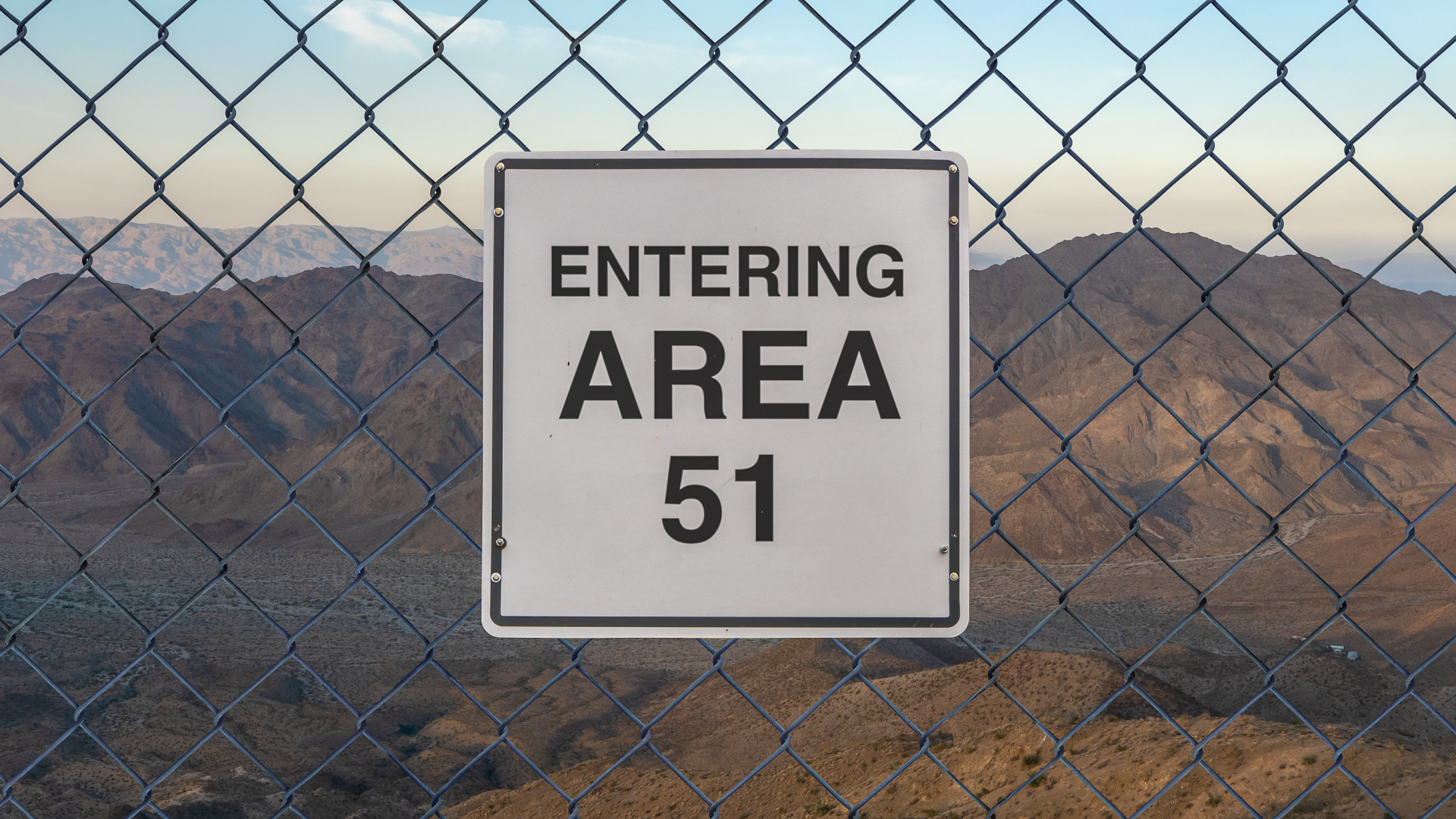
Area 51: What is it and what goes on there?
By Robert Lea last updated
Reference Area 51 is a U.S. military base that has become synonymous with tales of UFOs, government cover-ups and potentially testing alien technology.
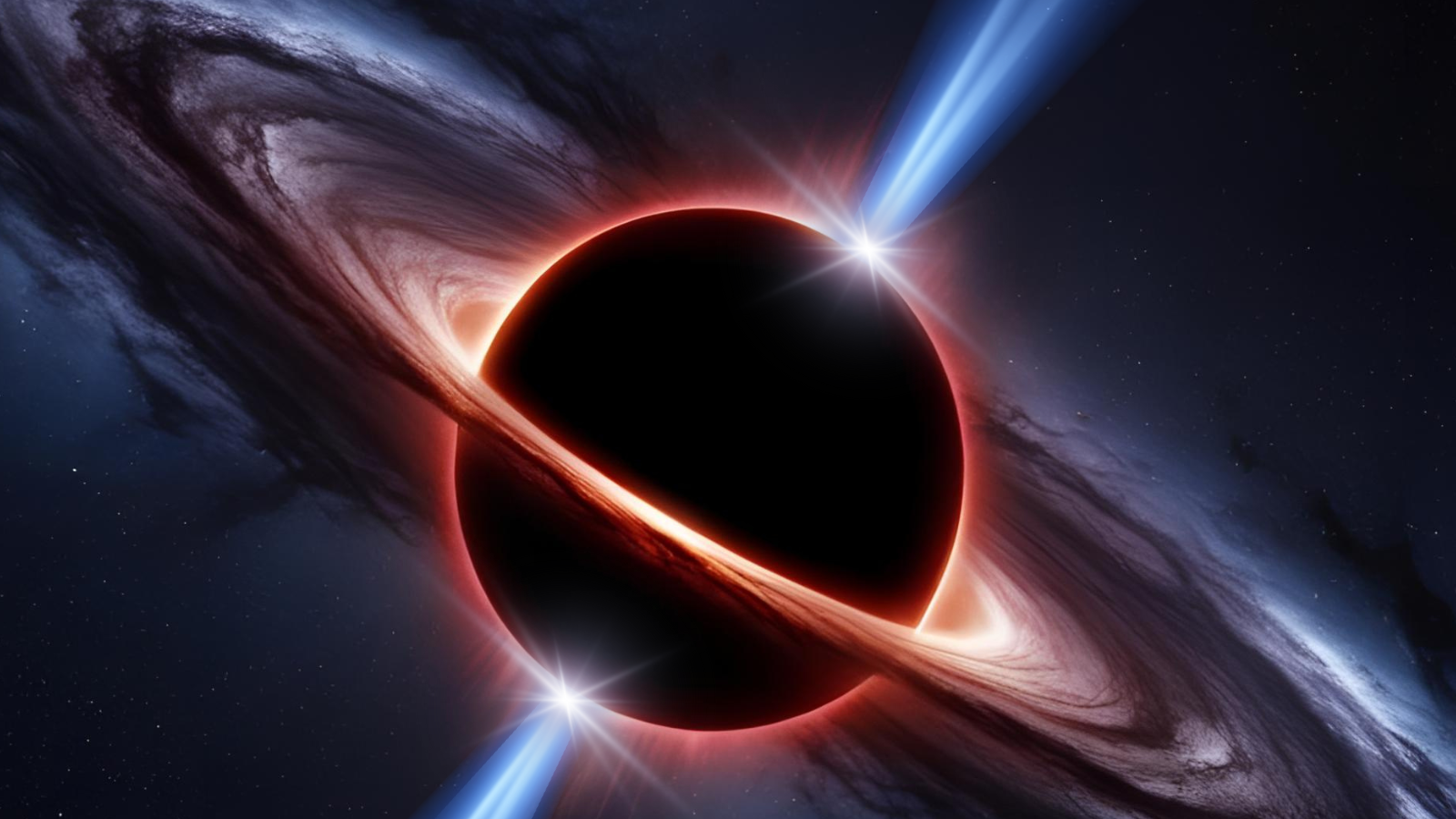
Could we use black holes to power future human civilizations? 'There is no limitation to extracting the enormous energy from a rotating black hole'
By Robert Lea published
Black holes power some of the most energetic phenomena in the known universe, but could they ever power an advanced human civilisation?
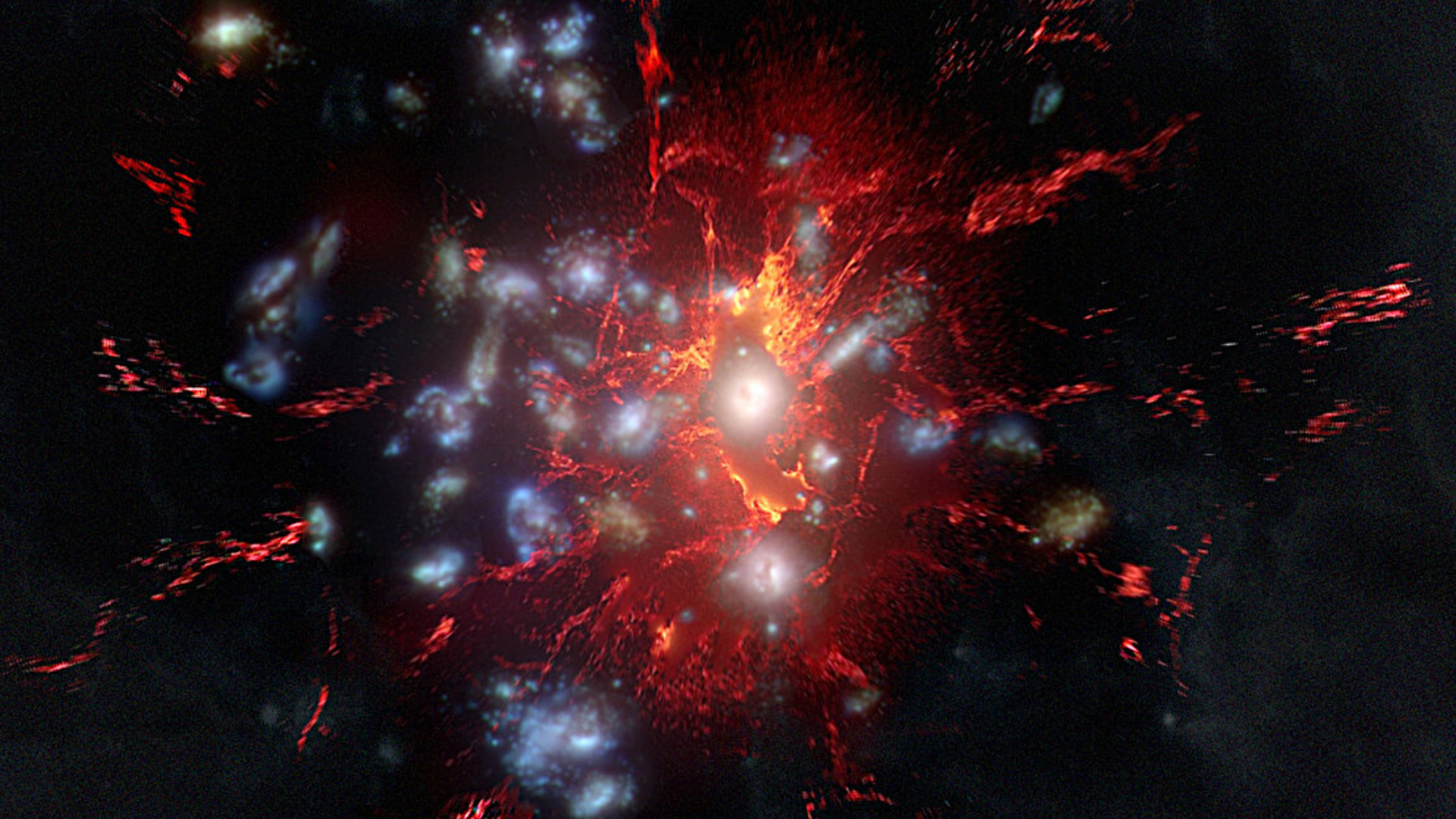
This baby galaxy cluster is powering extreme star formation with a hidden fuel tank
By Robert Lea published
An extreme protocluster gathering of infant galaxies is hiding a vast cosmic fuel tank that is powering 400 million years of intense star formation.
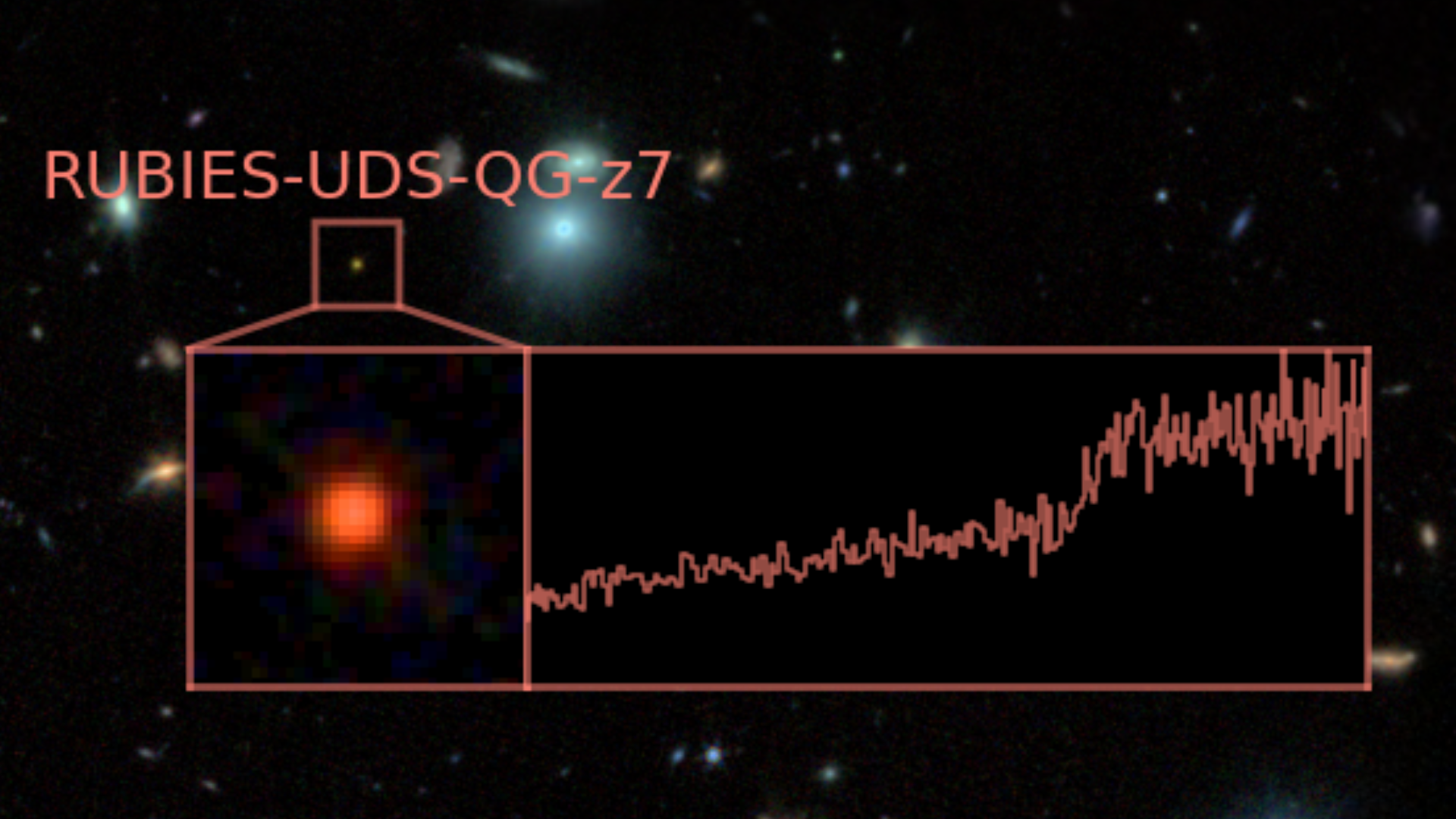
Record-breaking 'dead' galaxy discovered by JWST lived fast and died young in the early universe
By Robert Lea published
The most distant and earliest "dead" massive galaxy ever seen shows some galaxies lived fast and died young shortly after the Big Bang.
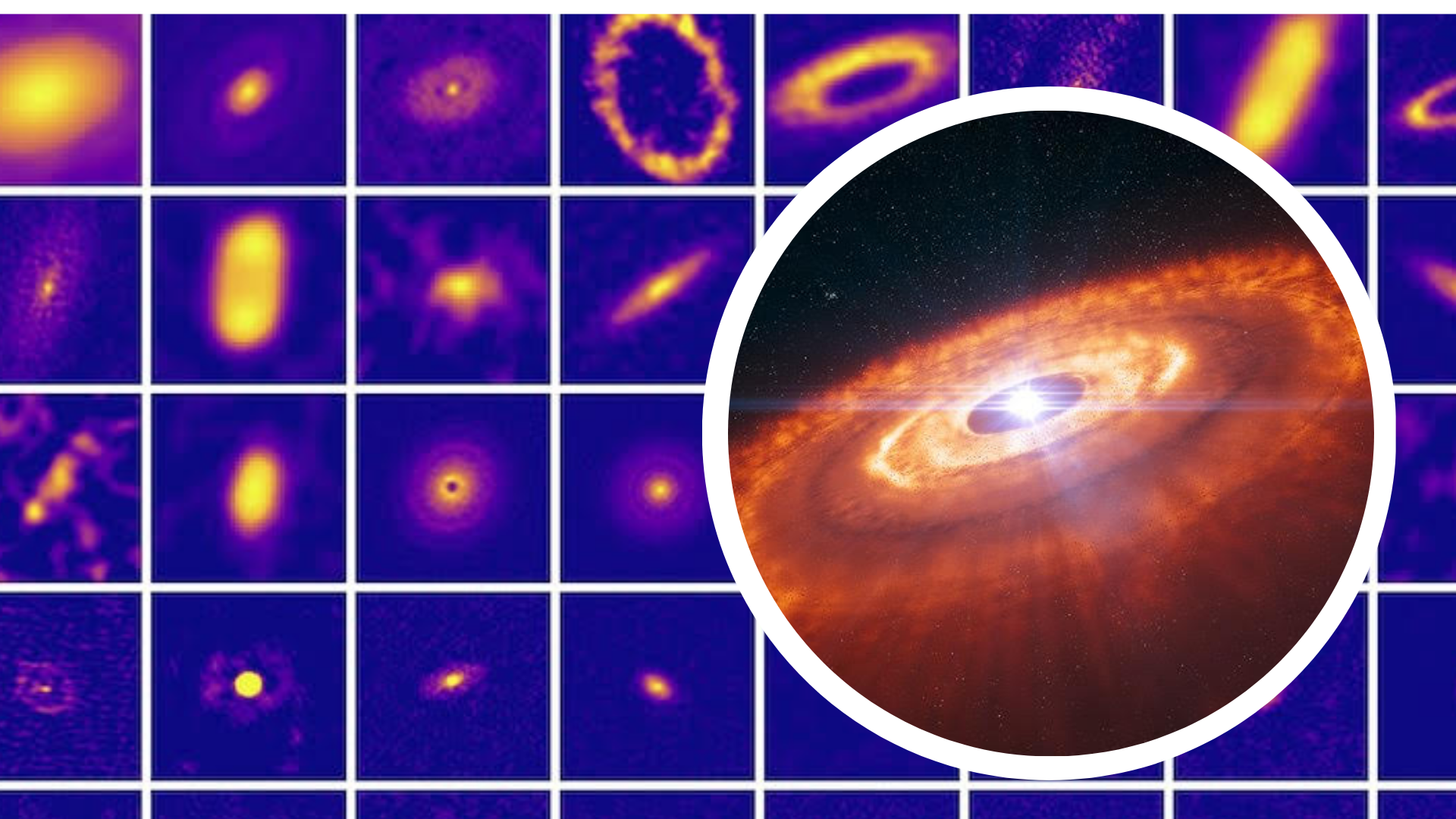
Exoplanet nurseries around infant stars can be much smaller than expected: 'It is astonishing'
By Robert Lea published
New findings from the ALMA telescope have revealed that planets are born in much smaller protoplanetary disks than astronomers suspected, some of which would fit with the orbit of Earth.
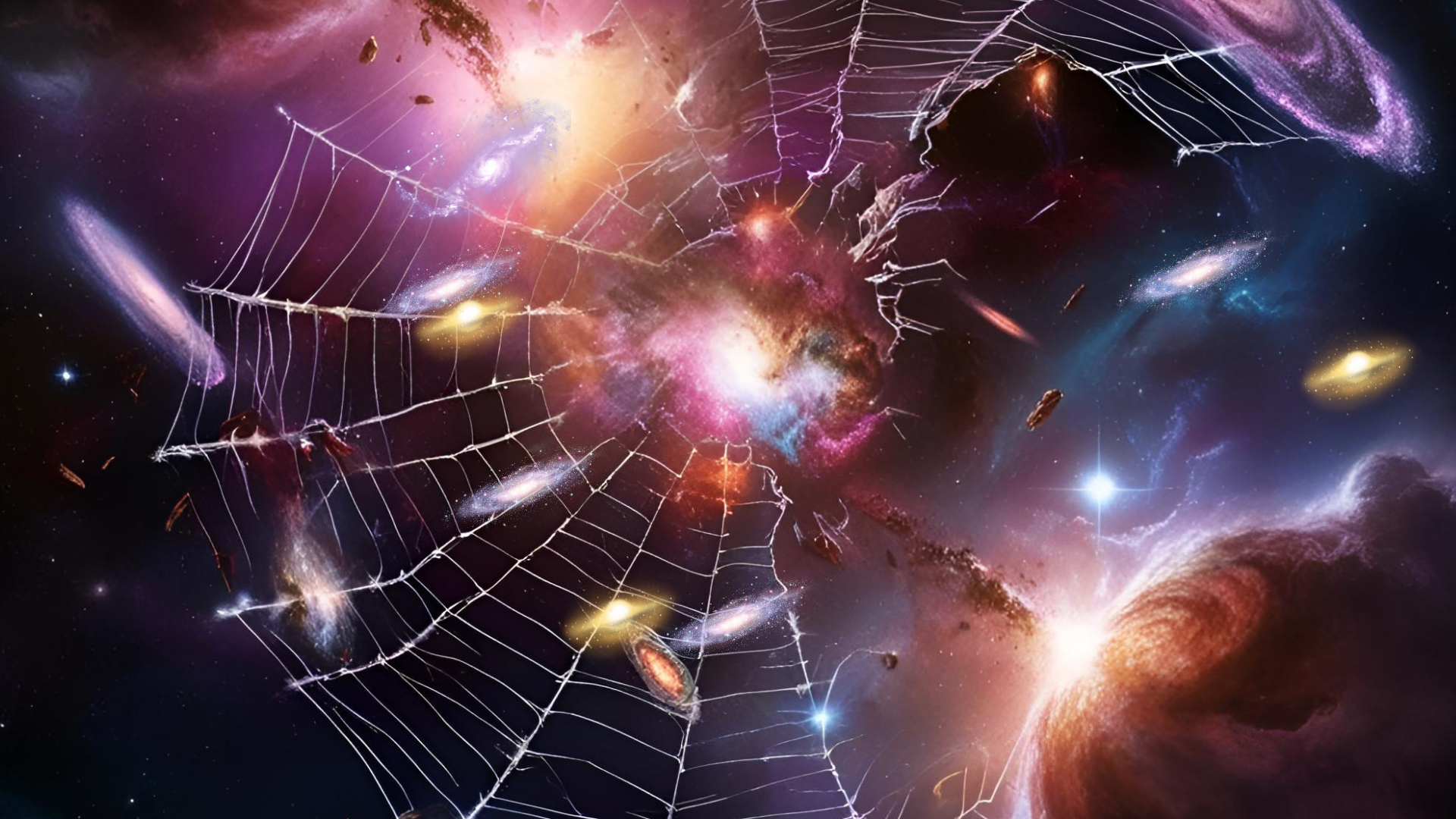
Unknown physics may help dark energy act as 'antigravity' throughout the universe
By Robert Lea published
Dark energy may have a completely unknown aspect of physics acting as an accomplice in its efforts to defy gravity, suppressing the growth of large-scale structures like galaxy superclusters.
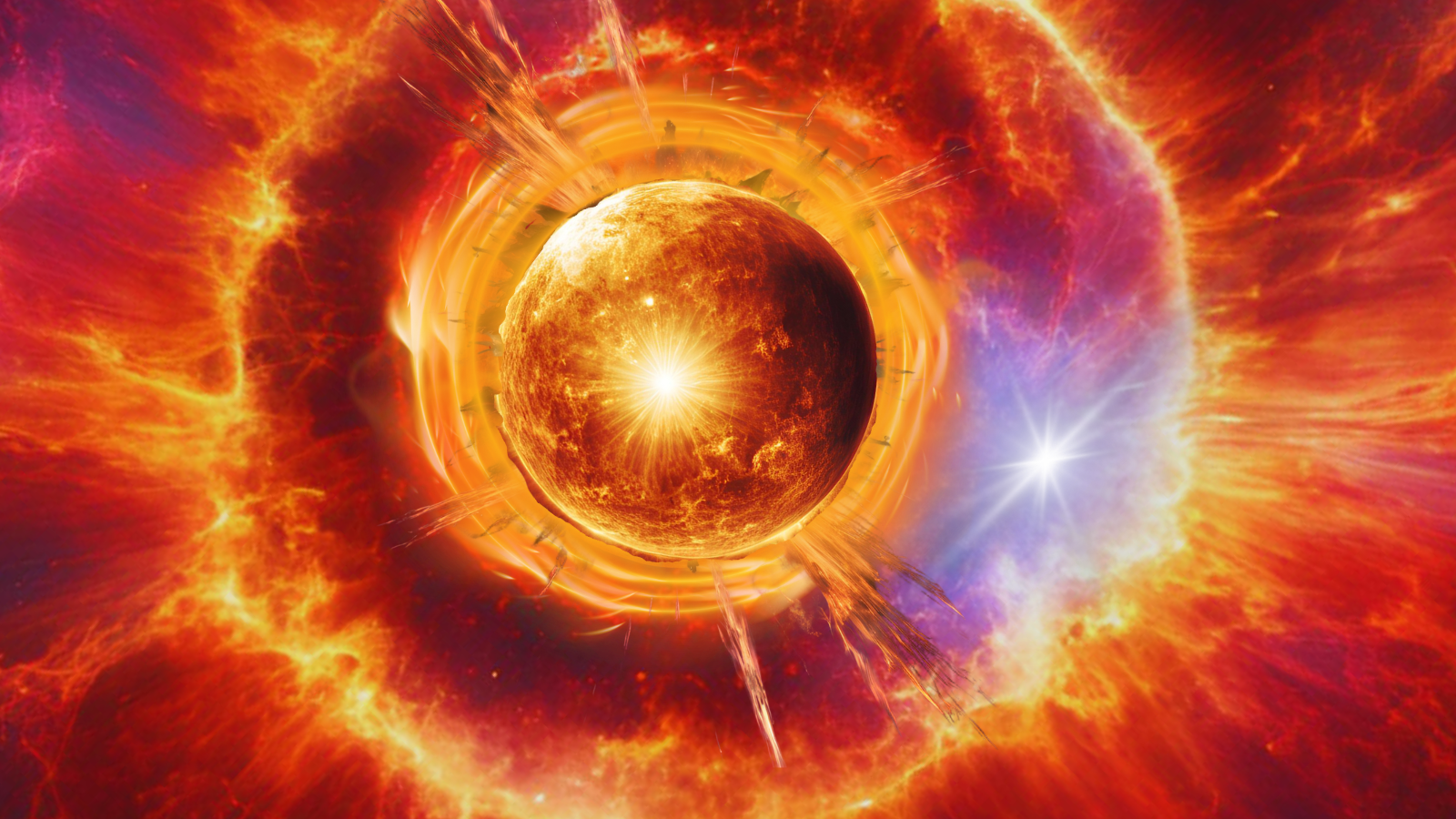
Strange red nova deaths of shrouded stars investigated by 'stellar Sherlocks'
By Robert Lea published
A group of stellar Sherlocks have solved the mystery of red transient objects that appear and fade in the sky, linking them to the total explosive death of stars.
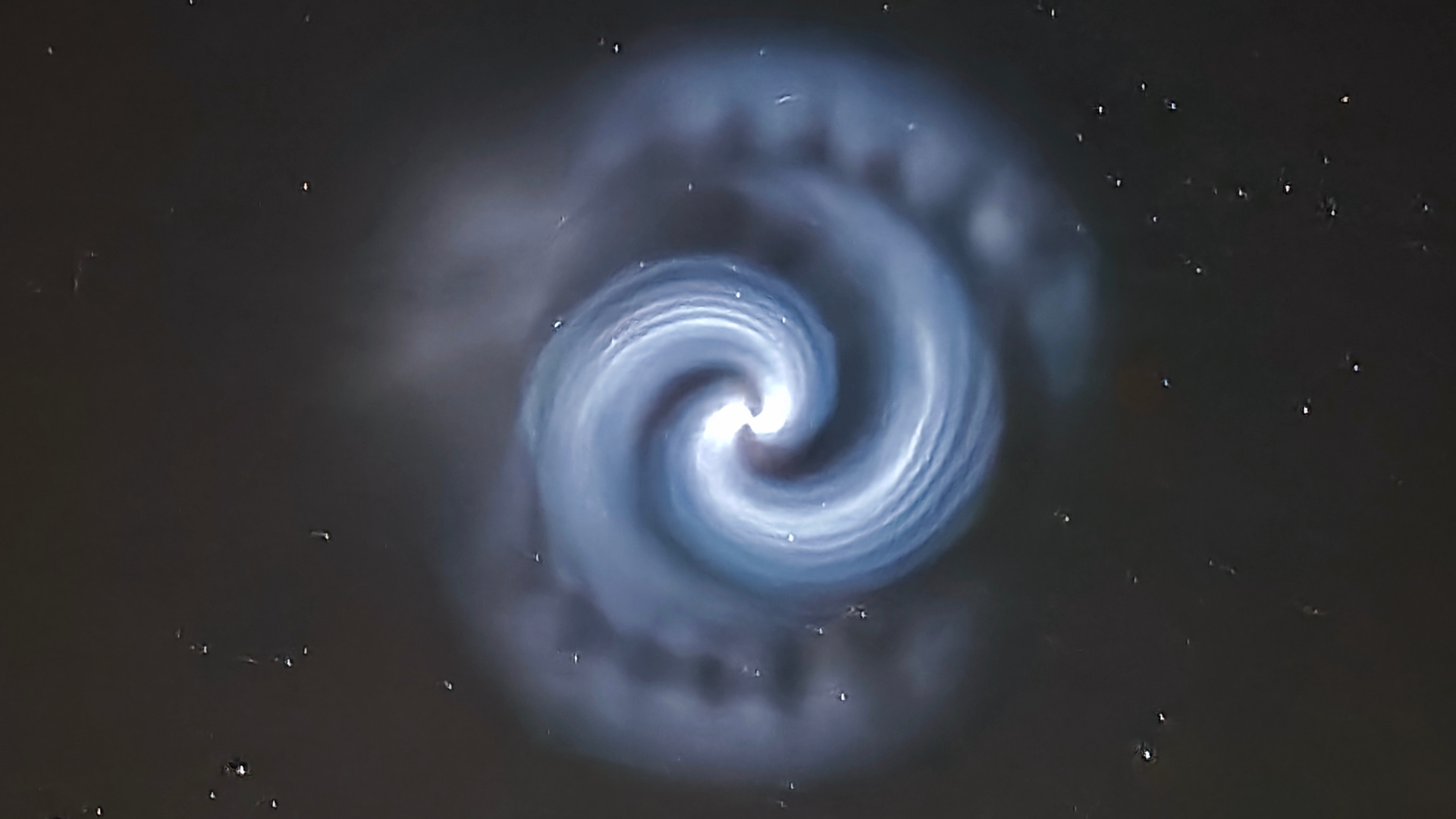
Mysterious blue spiral spotted over European skies. What was it? (photos)
By Robert Lea published
A strange blue spiral lit up the sky over Europe on Monday night (March 24), with residents of the UK and other countries speculating on its true nature on social media.
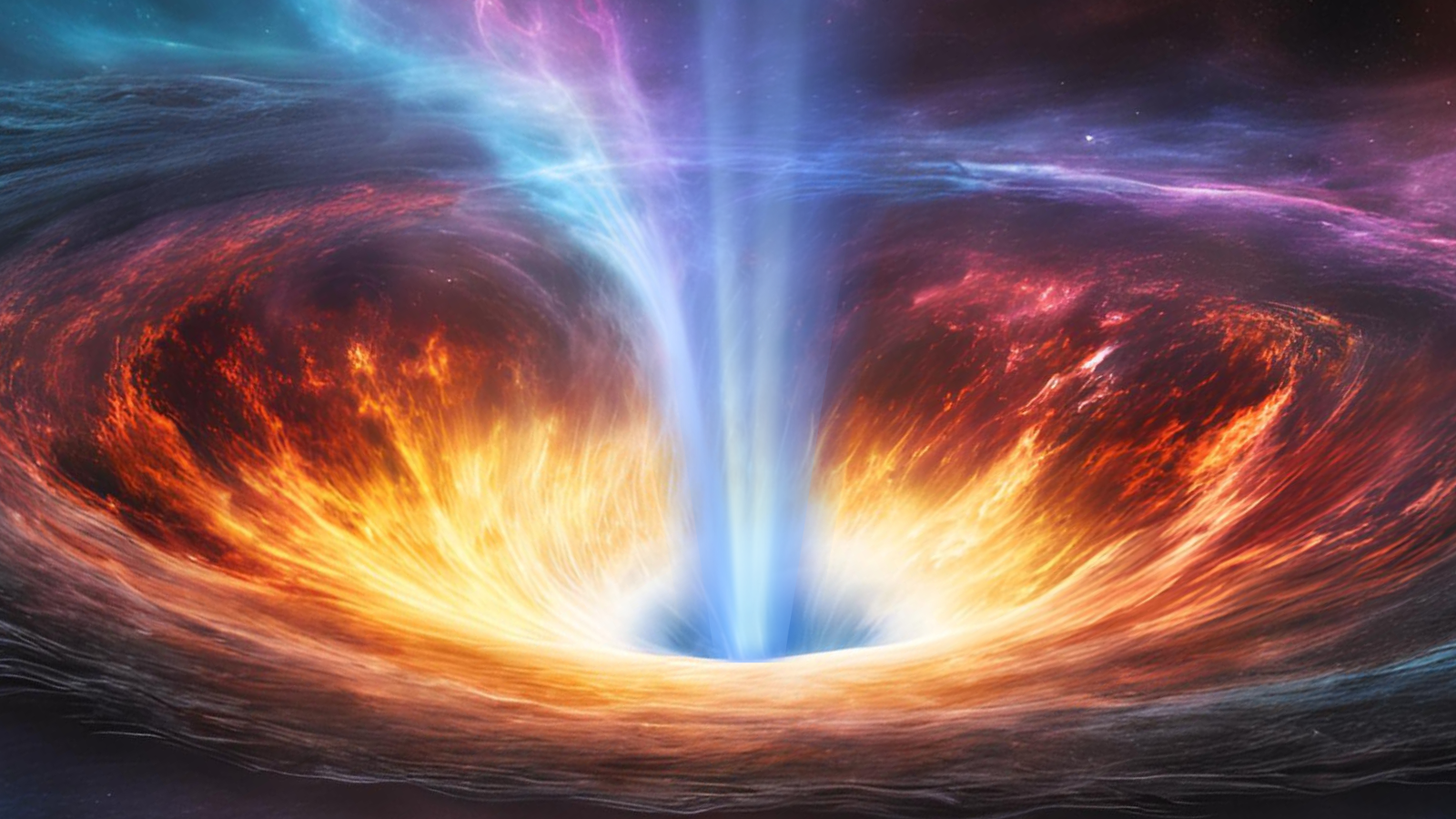
What would happen if the Milky Way's black hole erupted? This distant galaxy paints a terrifying picture
By Robert Lea published
The observation of titanic jets emerging from the supermassive black hole at the heart of a distant galaxy could be a grim prediction of the Milky Way's future.

Euclid 'dark universe detective' spacecraft discovers 2,674 new dwarf galaxies
By Robert Lea published
Using data from the Euclid Space Telescope, astronomers have discovered a stunning 2,674 dwarf galaxies, the study of which could help better understand cosmic evolution.

Black holes may obey the laws of physics after all, new theory suggests
By Robert Lea published
A new recipe for black holes could do away with central singularities, saving the laws of physics from troubling infinities.
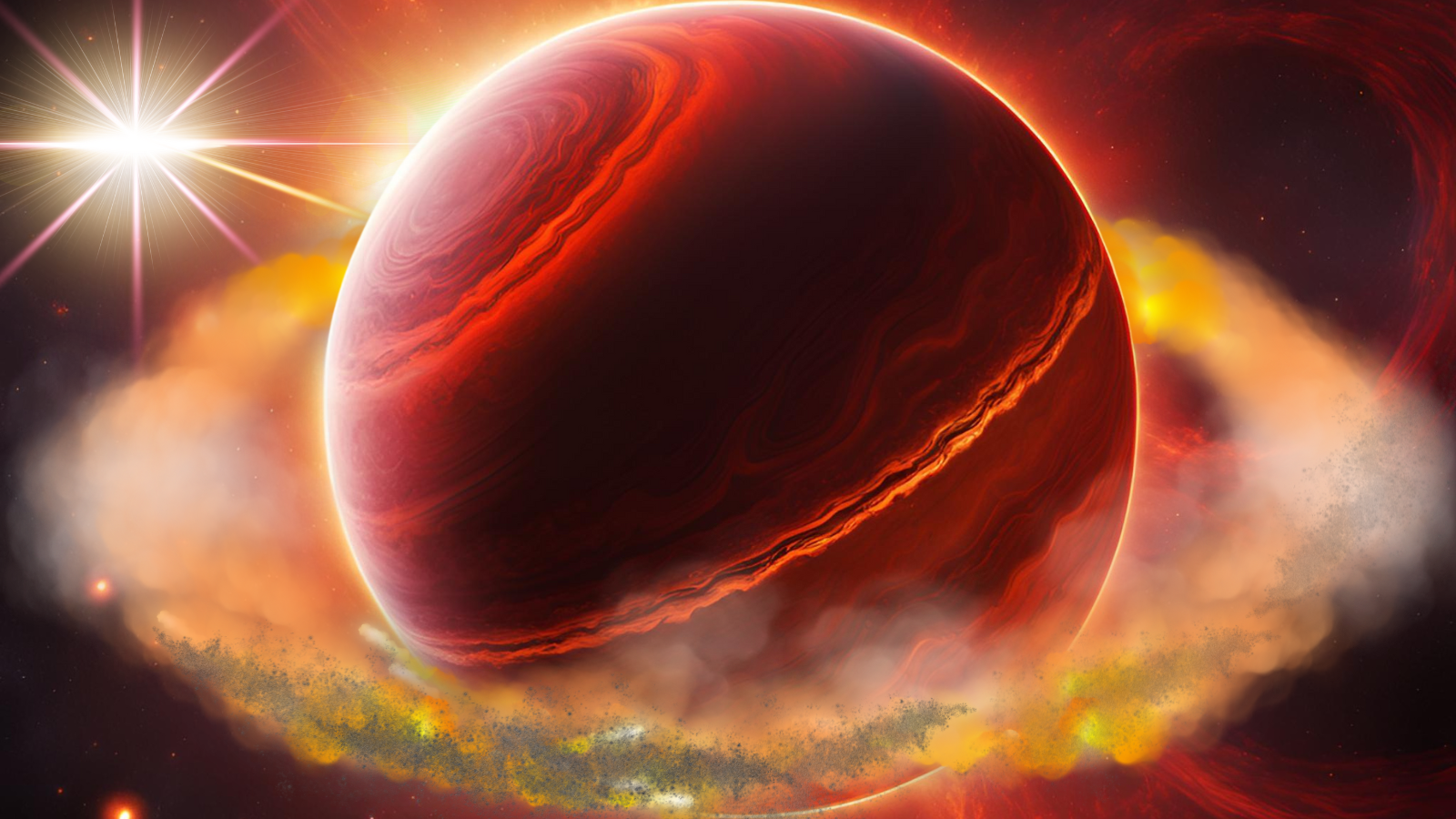
Exoplanet 'baby pictures' reveal exomoons possibly taking shape around infant worlds
By Robert Lea published
Astronomers have examined infant planets orbiting a star 370 light-years away, seeing the exomoon forming disks of gas and dust around them in unprecedented detail.

Cosmic 'tornadoes' rage around the heart of the Milky Way and its supermassive black hole
By Robert Lea published
Astronomers have discovered filaments of matter swirling tornado-like around the heart of the Milky Way, home to the supermassive black hole Sagittarius A*.
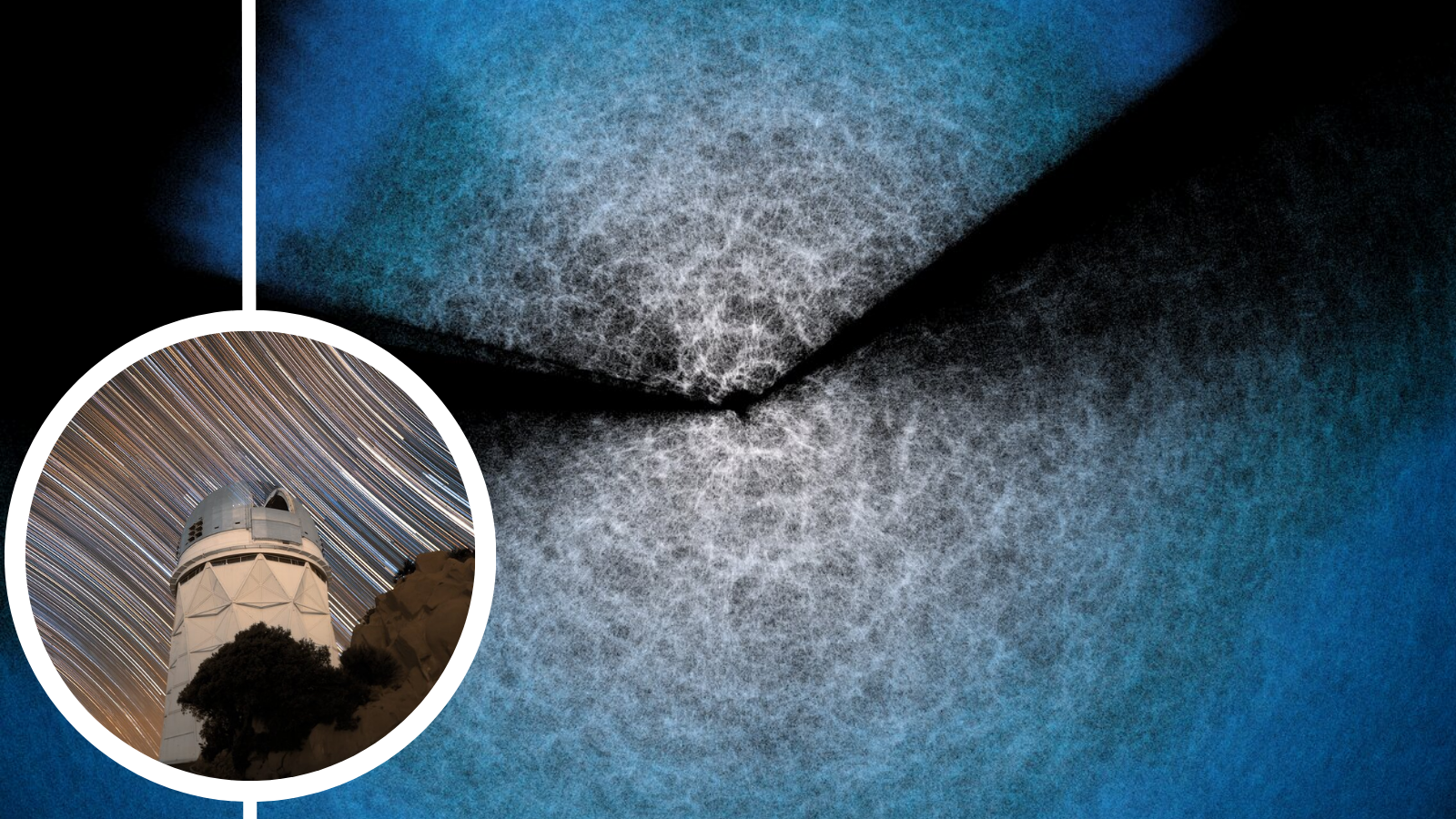
Dark energy is even stranger than we thought, new 3D map of the universe suggests. 'What a time to be alive!' (video)
By Robert Lea published
The 3D cosmic map building DESI has provided more clues that dark energy is weakening over time, suggesting our best model of cosmic evolution could be wrong.
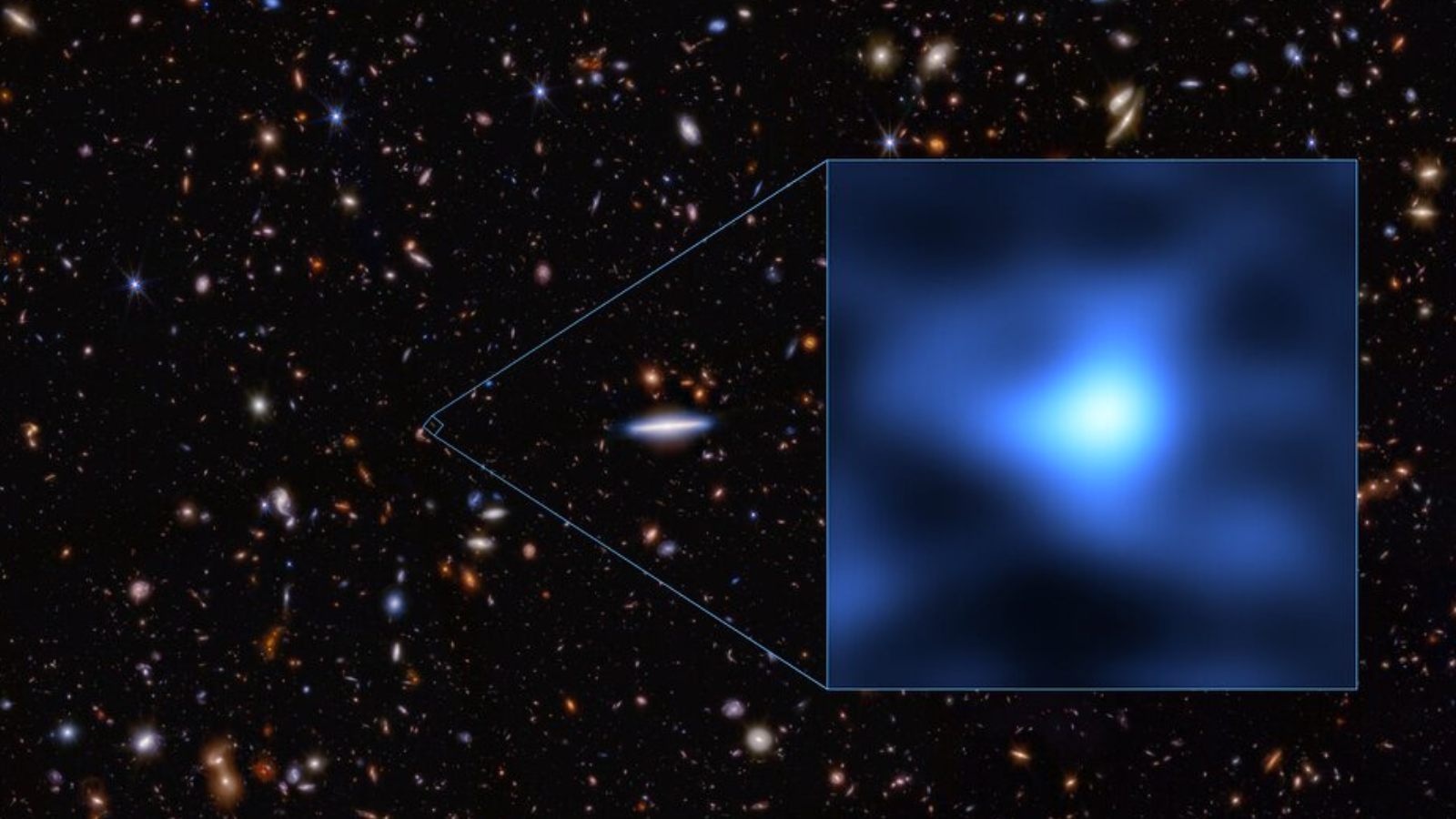
Oxygen discovered in most distant galaxy ever seen: 'It is like finding an adolescent where you would only expect babies'
By Robert Lea published
Astronomers have discovered oxygen and heavy elements in the earliest galaxy ever seen, suggesting some galaxies as early as 300 million years after the Big Bang matured early.
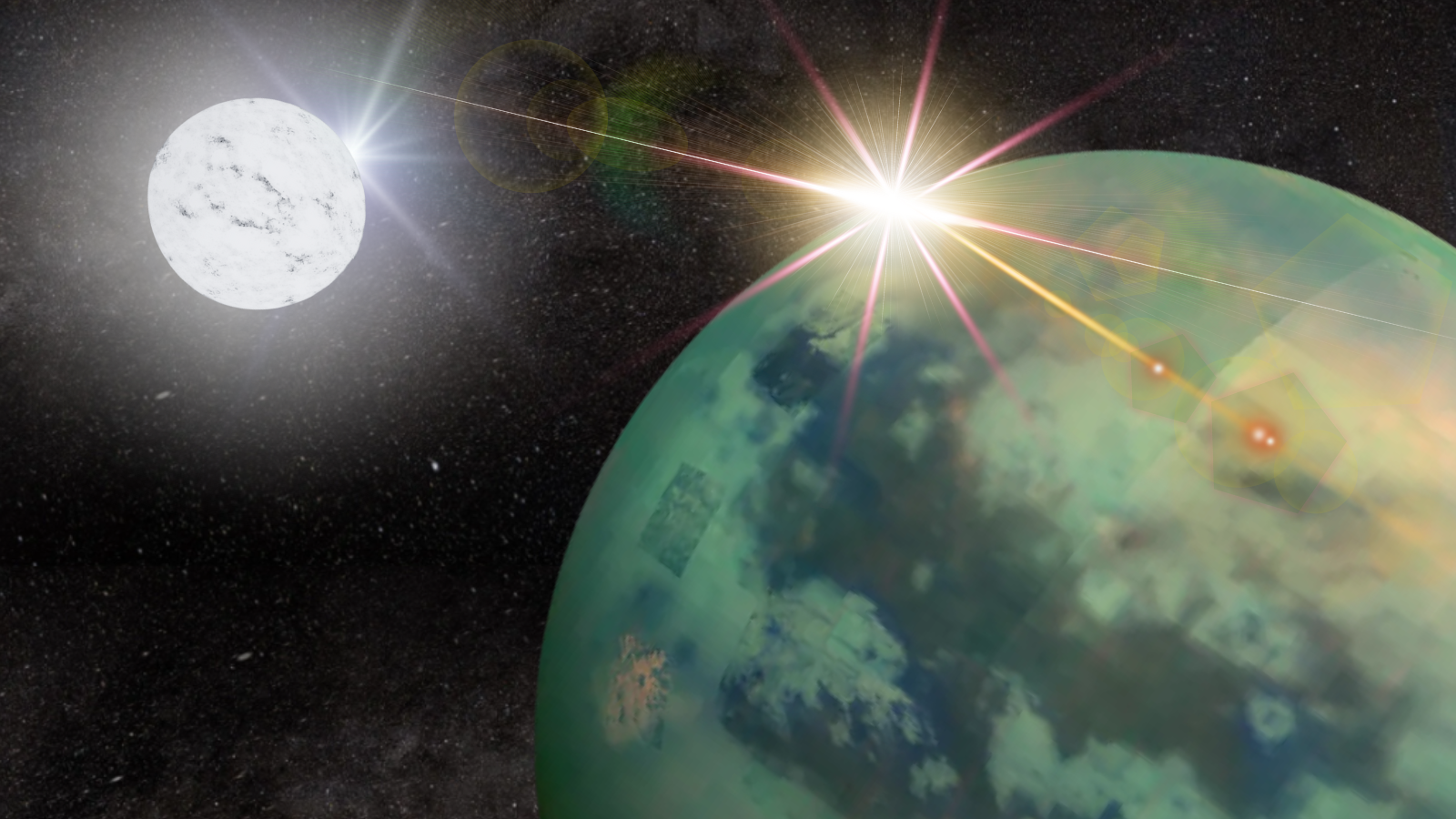
Alien life could survive on Earth-like planets circling dead stars, study suggests
By Robert Lea published
New research suggests that life could have the time and energy to arise on Earth-like worlds in the rapidly shrinking "Goldilocks zones" around white dwarf stars.
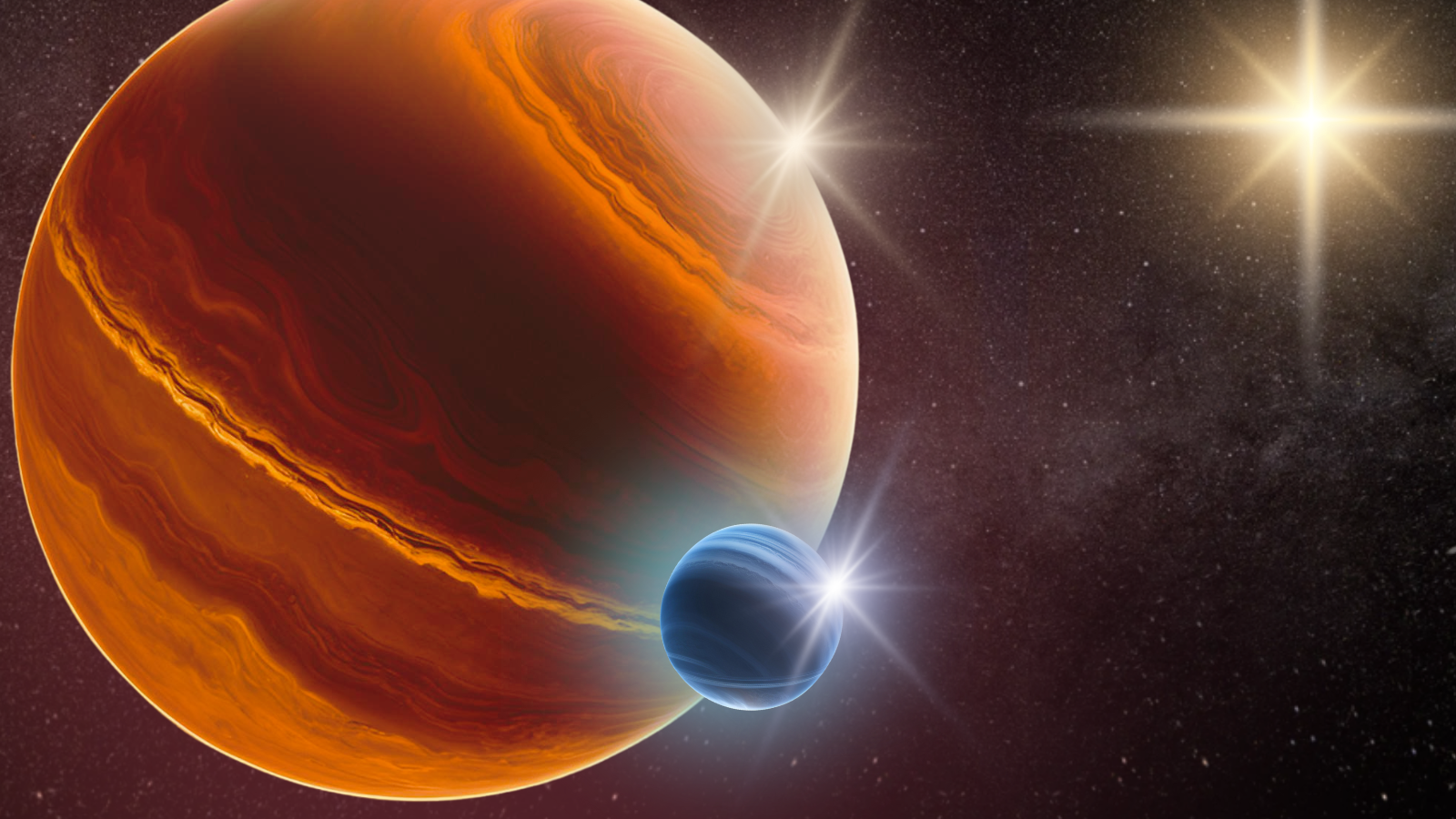
Large alien planets may be born in chaos, NASA's retired exoplanet-hunter finds
By Robert Lea published
Using the now-retired Kepler space telescope, astronomers have discovered that larger planets grow up in more turbulent homes than smaller worlds.

Euclid space telescope's 1st results reveal 'a goldmine of data' in search for dark matter and dark energy (images, video)
By Robert Lea published
The Euclid space telescope has dropped its first data and deep field observations showing millions of galaxies in great detail as it hunts for dark matter and dark energy clues.

New cosmic 'baby pictures' reveal our universe taking its 1st steps towards stars and galaxies
By Robert Lea published
The clearest and most precise images yet of the universe’s infancy from the Atacama Cosmology Telescope show the first steps toward the first stars and galaxies.

James Webb Space Telescope investigates the origins of 'failed stars' in the Flame Nebula
By Robert Lea published
The James Webb Space Telescope is investigating the Flame Nebula, hunting for "failed stars" to better understand how brown dwarfs form and evolve.
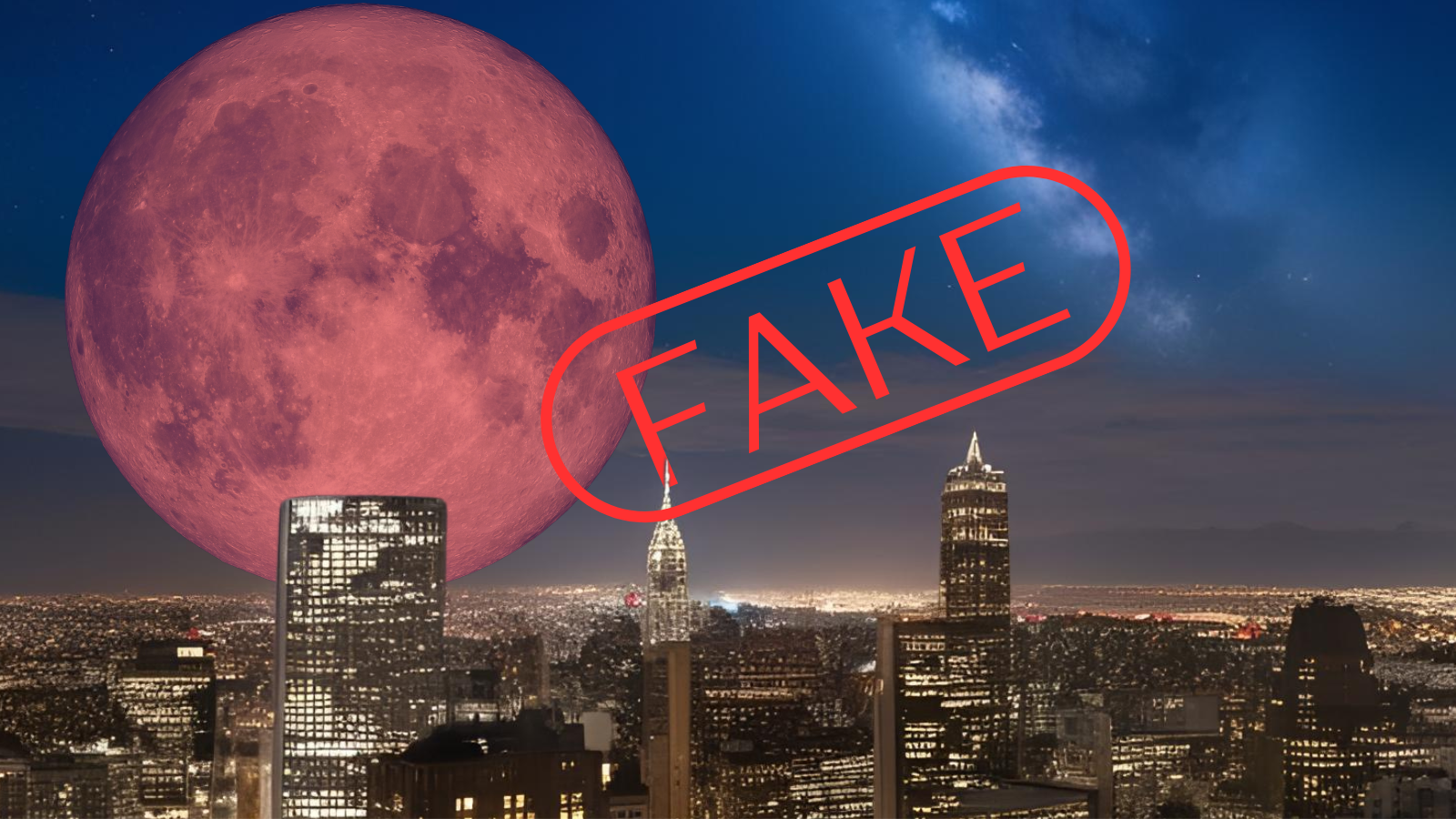
How to spot fake images of the 'Blood Worm Moon' total lunar eclipse
By Robert Lea published
The moon will turn blood red overnight on Thursday and Friday during the 'Blood Moon' total lunar eclipse. How can you tell what images of this event are the real deal?

Is our universe trapped inside a black hole? This James Webb Space Telescope discovery might blow your mind
By Robert Lea published
The James Webb Space Telescope has found perhaps its most profound discovery to date. The uncovered preferred direction for galaxies supports the idea that the universe was born in a black hole.
Get the Space.com Newsletter
Breaking space news, the latest updates on rocket launches, skywatching events and more!

